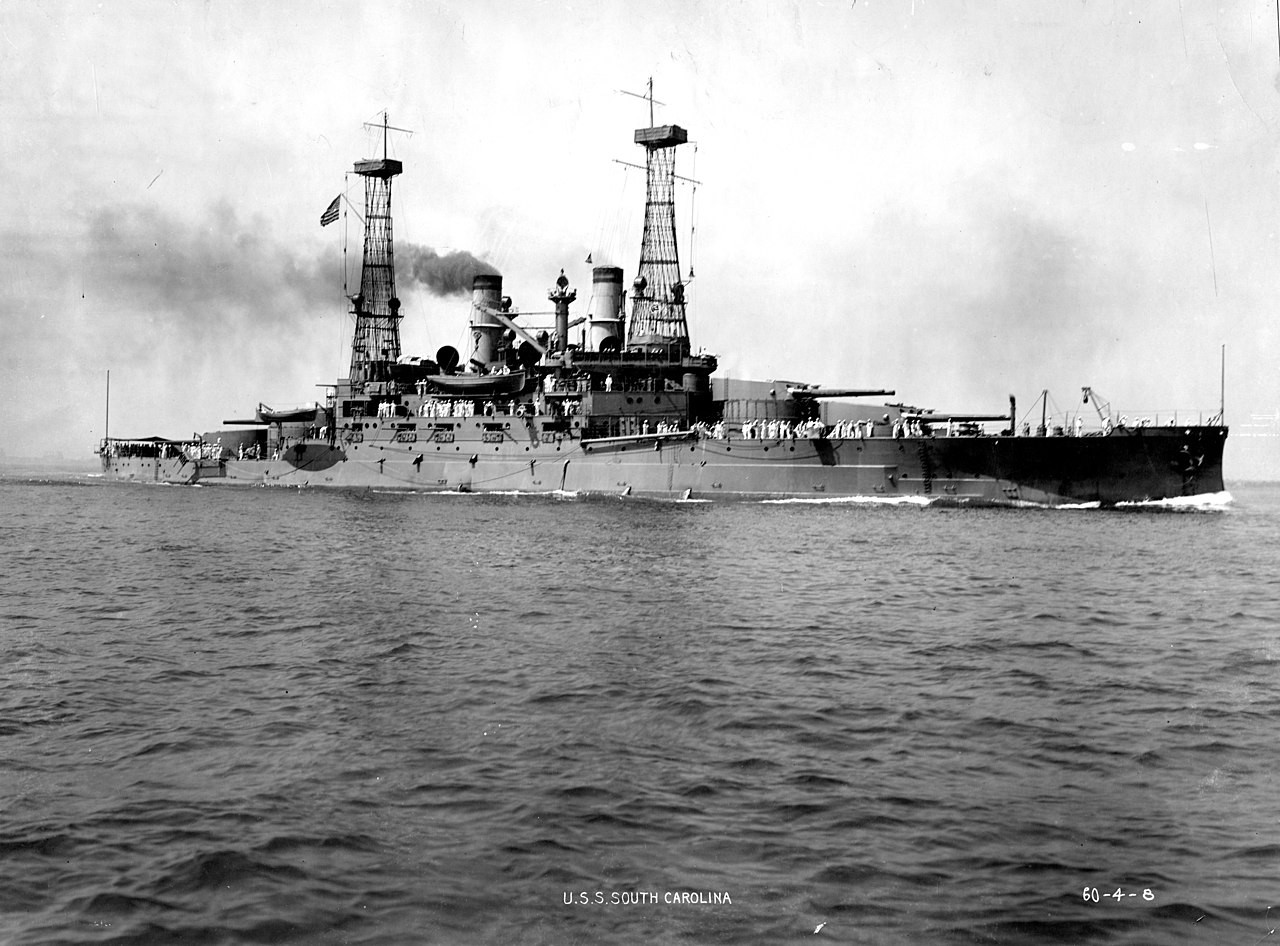Gamecock Fanatics
You are using an out of date browser. It may not display this or other websites correctly.
You should upgrade or use an alternative browser.
You should upgrade or use an alternative browser.
Countdown to Kickoff II: The Final 24 Days
- Thread starter Swayin
- Start date
.
Last edited by a moderator:
Jimmy Spencer.


Homebrewcock
GCF Top Poster
Homebrewcock
GCF Top Poster
Homebrewcock
GCF Top Poster
USS Princeton, CVL-23.
_underway_in_Puget_Sound_on_3_January_1944_(NH_95651).jpg)
_underway_in_Puget_Sound_on_3_January_1944_(NH_95651).jpg)
https://en.wikipedia.org/wiki/USS_Princeton_(CVL-23)The fourth USS Princeton (CVL-23) was a United States Navy Independence-class light aircraft carrier active in the Pacific Ocean during World War II. She was launched in 1942 and lost at the Battle of Leyte Gulf in 1944.
Lt. Robert G. Bradley was posthumously awarded the Navy Cross for his actions on Princeton on 24 October 1944. He was later the namesake of USS Robert G. Bradley (FFG-49). Princeton's executive officer Cdr. Joseph Nathaniel Murphy who assumed command was later awarded the Navy Cross for his tireless effort to save the ship and get the crew to safety.
Legacy
Princeton earned nine battle stars during World War II.
In November 2004, the Princeton University Chapel rededicated a service flag that once flew on Princeton.
USS South Carolina, BB-26.

USS South Carolina (BB-26), the lead ship of her class of dreadnought battleships, was the fourth ship of the United States Navy to be named in honor of the eighth state. She was also the first American dreadnought; though she did not incorporate turbine propulsion like HMS Dreadnought, South Carolina's design included revolutionary aspects as well, primarily the superfiring arrangement of her main battery. The ship was laid down in December 1906 and launched in July 1908 before being commissioned into the US Atlantic Fleet in March 1910.
South Carolina spent much of her career in the Atlantic and Caribbean patrolling the eastern coast of the United States. She made two trips to Europe in 1910 and 1911 and participated in a visit by a German cruiser squadron in 1912. In 1913–14, she frequently patrolled the coast of Mexico to protect American interests during the Mexican Revolution, and in April 1914 she took part in the United States occupation of Veracruz.
After the United States entered World War I in April 1917, South Carolina trained sailors for the rapidly expanding wartime navy, and in late 1918, she was assigned to convoy escort duty. An accident with her propellers in September kept her from active service for the remainder of the conflict. In 1919, she made four trips to bring American soldiers back from Europe. Midshipmen training cruises followed in 1920–21, but the Washington Naval Treaty of 1922 cut her career short. She was broken up for scrap as part of the arms limitation treaty, starting in mid-1924.
The only other ship of her class, Michigan (BB-27), was also broken up and scrapped due to the Washington Naval Treaty of 1922.
The Outback Bowl battleship class. LOL
:footballcockysmall:

USS South Carolina (BB-26), the lead ship of her class of dreadnought battleships, was the fourth ship of the United States Navy to be named in honor of the eighth state. She was also the first American dreadnought; though she did not incorporate turbine propulsion like HMS Dreadnought, South Carolina's design included revolutionary aspects as well, primarily the superfiring arrangement of her main battery. The ship was laid down in December 1906 and launched in July 1908 before being commissioned into the US Atlantic Fleet in March 1910.
South Carolina spent much of her career in the Atlantic and Caribbean patrolling the eastern coast of the United States. She made two trips to Europe in 1910 and 1911 and participated in a visit by a German cruiser squadron in 1912. In 1913–14, she frequently patrolled the coast of Mexico to protect American interests during the Mexican Revolution, and in April 1914 she took part in the United States occupation of Veracruz.
After the United States entered World War I in April 1917, South Carolina trained sailors for the rapidly expanding wartime navy, and in late 1918, she was assigned to convoy escort duty. An accident with her propellers in September kept her from active service for the remainder of the conflict. In 1919, she made four trips to bring American soldiers back from Europe. Midshipmen training cruises followed in 1920–21, but the Washington Naval Treaty of 1922 cut her career short. She was broken up for scrap as part of the arms limitation treaty, starting in mid-1924.
The only other ship of her class, Michigan (BB-27), was also broken up and scrapped due to the Washington Naval Treaty of 1922.
The Outback Bowl battleship class. LOL
:footballcockysmall:
Last edited by a moderator:







_underway_in_the_Pacific_Ocean_on_2_March_1987_(6418742).jpg/1280px-USS_Halsey_(CG-23)_underway_in_the_Pacific_Ocean_on_2_March_1987_(6418742).jpg)
.jpg)





